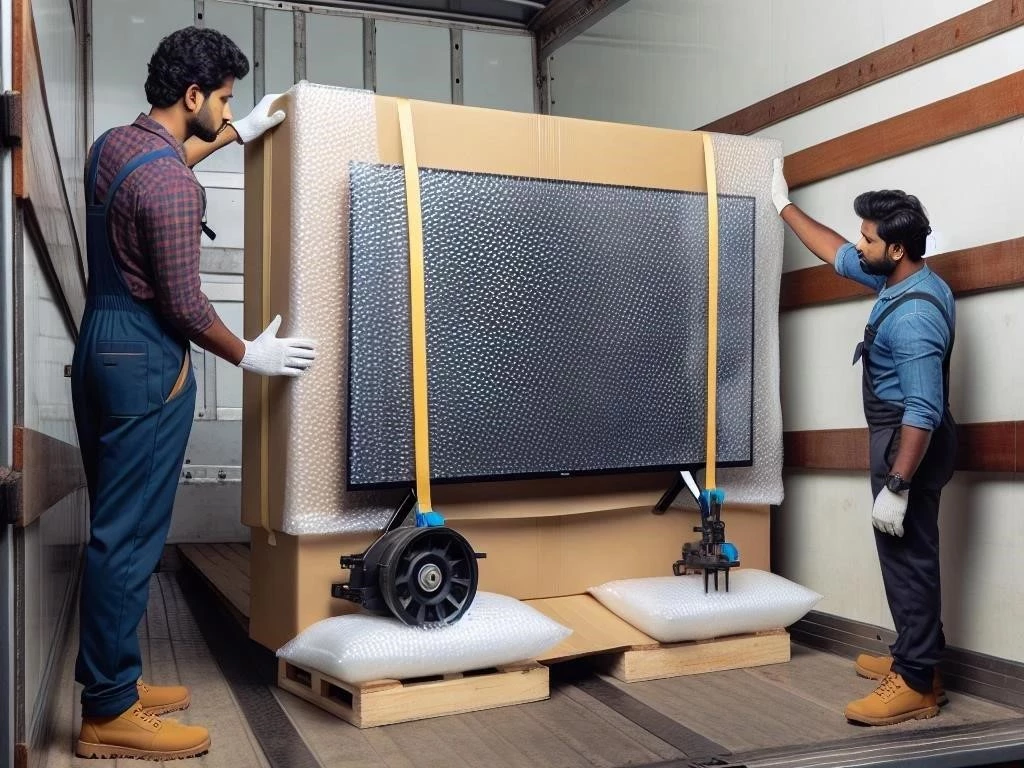
Transporting a flat screen TV in a truck requires careful planning, secure packaging, and proper handling techniques to ensure safe delivery and damage prevention.
Transporting a flat screen TV in a truck can be a daunting task, especially when considering the delicate nature of electronics. Proper precautions must be taken to ensure a secure transportation process that minimizes the risk of damage. This includes understanding the importance of safe delivery, selecting appropriate materials for secure packaging, and employing effective loading and unloading techniques. Utilizing protective materials, such as moving blankets and cushioning, is essential for protecting fragile items. Additionally, travel precautions and vehicle preparation are crucial for weight distribution and overall safety during transportation. This guide will provide comprehensive steps to achieve a successful move.
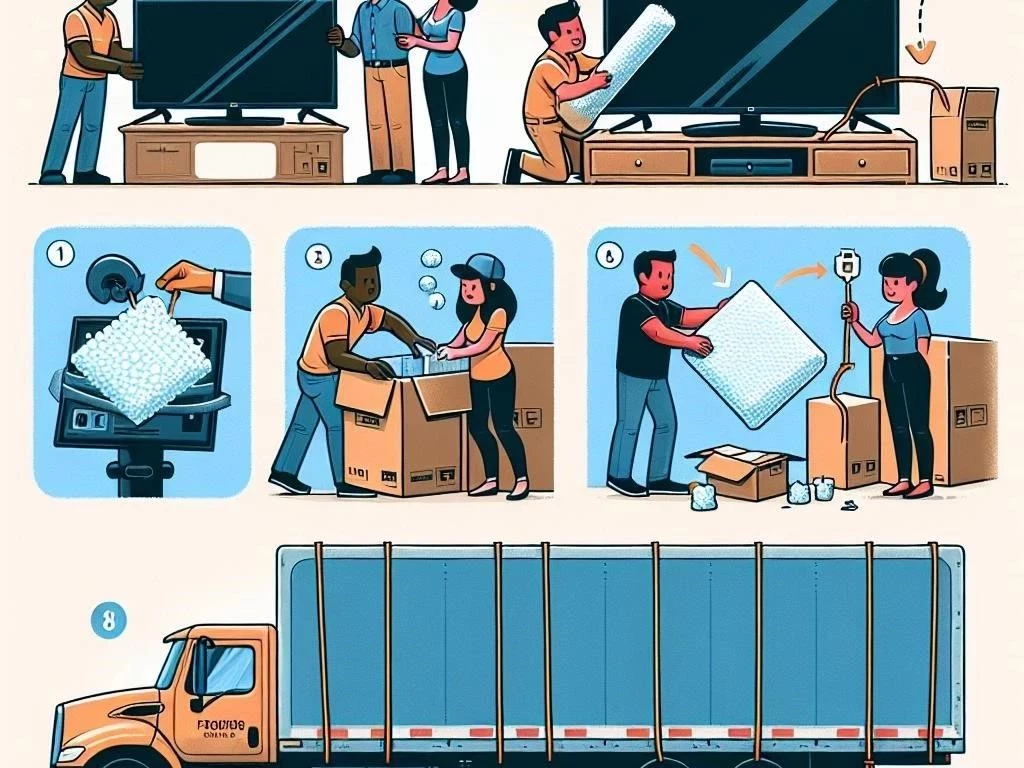
Importance of Safe Delivery
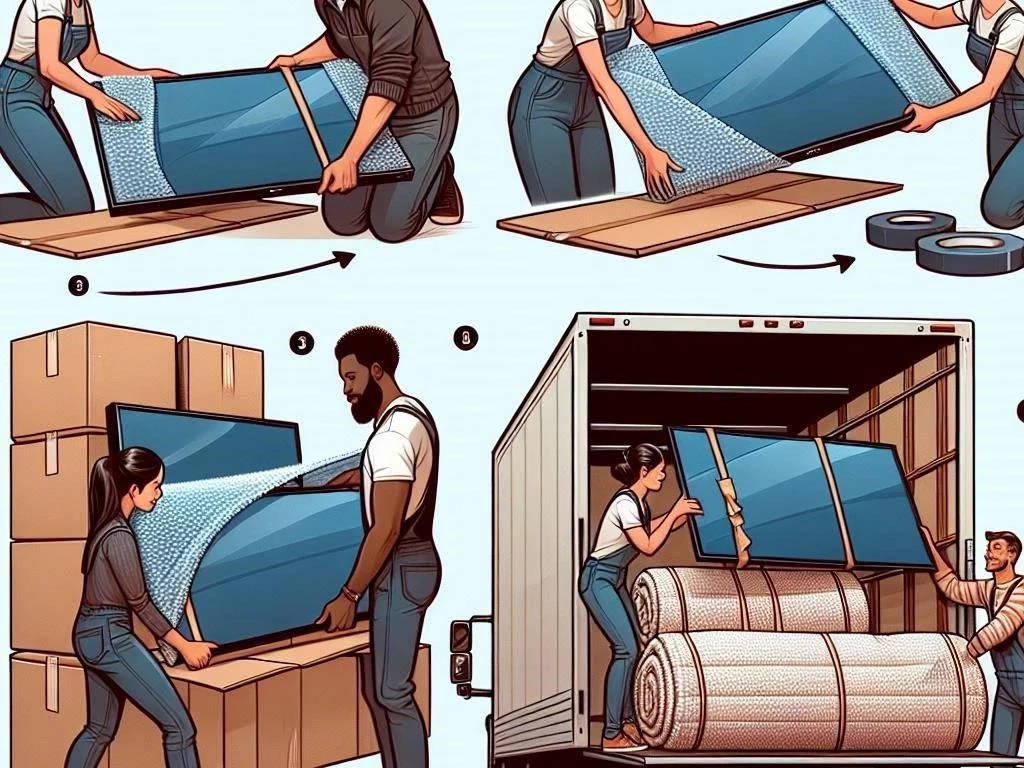
Safe delivery of a flat screen TV is crucial to preserving its functionality and appearance during the transport process. These electronics are often high-value items, and any damage can lead to costly repairs or replacements. Ensuring safe delivery involves implementing effective handling techniques and proper protective measures throughout the journey. Secure transportation not only protects the TV itself but also provides peace of mind for the owner. Additionally, damaged electronics can pose a safety risk, making it even more essential to prioritize safe handling. Ultimately, understanding the importance of safe delivery can lead to a successful and worry-free moving experience.
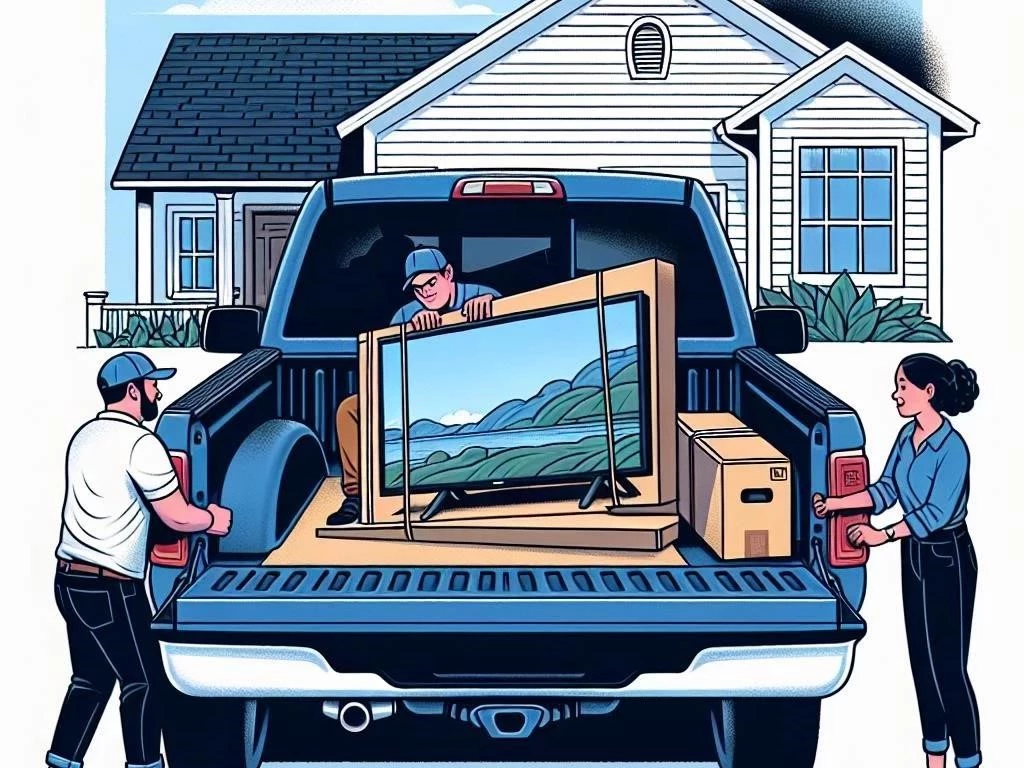
Preparing Your Flat Screen TV for Transport
Preparing your flat screen TV for transport is essential to ensure its safety and functionality upon arrival. Start by removing all cables and accessories carefully, labeling them for easy reinstallation. Next, clean the screen and wrap it in a soft, lint-free cloth to prevent scratches. Secure packaging is crucial; use a sturdy cardboard box specifically designed for electronics, or the original packaging if available. Incorporate cushioning materials like bubble wrap or foam inserts to absorb shocks. Finally, seal the box securely to protect the TV during the move. These steps will help safeguard your valuable electronics from potential damage during transportation.
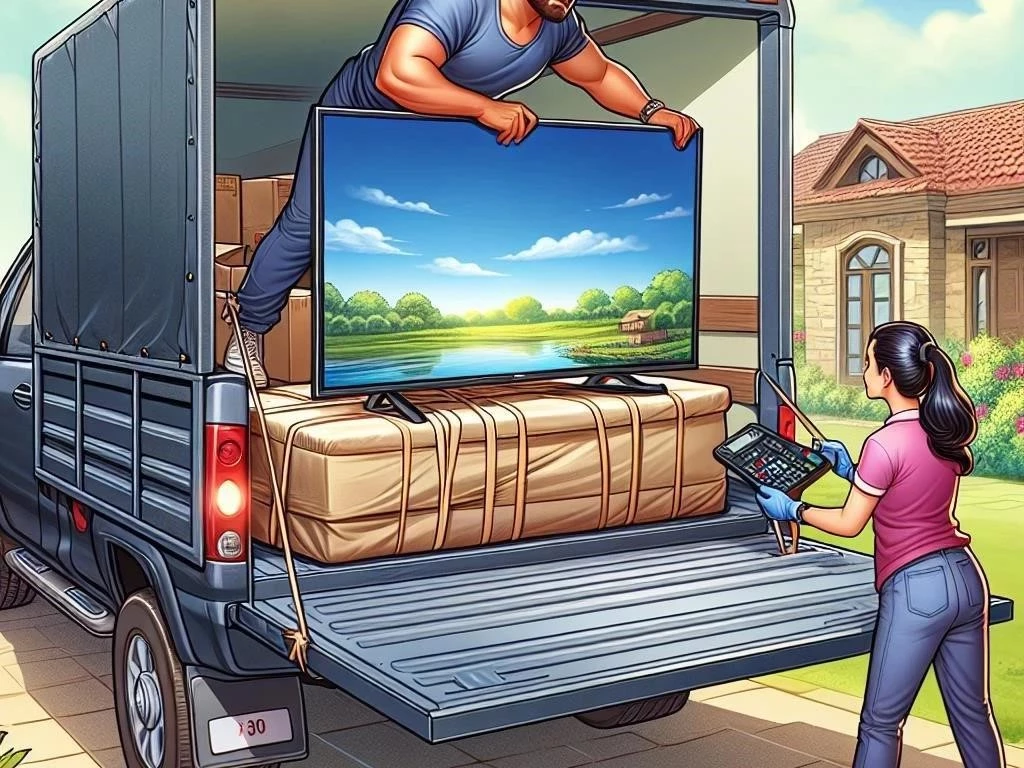
3.1. Secure Packaging
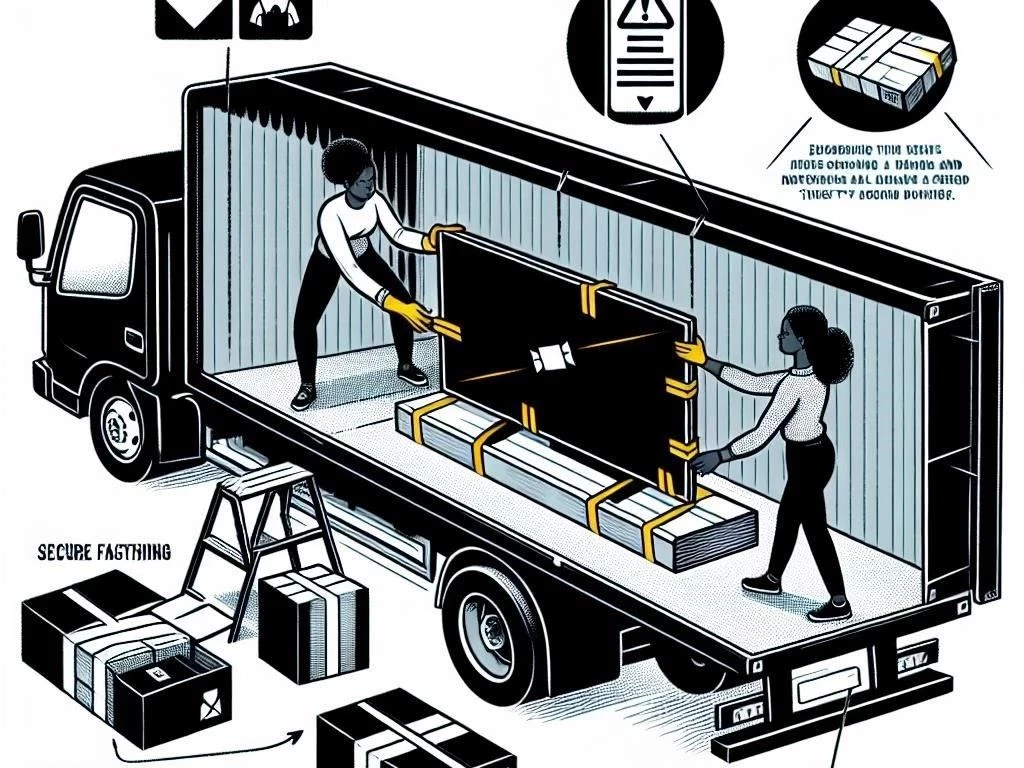
Secure packaging is vital for protecting your flat screen TV during transport. Begin by using the original packaging if available, as it is designed specifically for that model. If not, choose a sturdy cardboard box that fits snugly around the TV. Use protective materials, such as bubble wrap or foam sheets, to cushion the screen and prevent movement inside the box. Additionally, consider using moving blankets for extra protection. Ensure the packaging is sealed tightly with durable tape to prevent any accidental openings. Label the box as “Fragile” to inform anyone handling it about its delicate contents, ensuring careful handling throughout the journey.
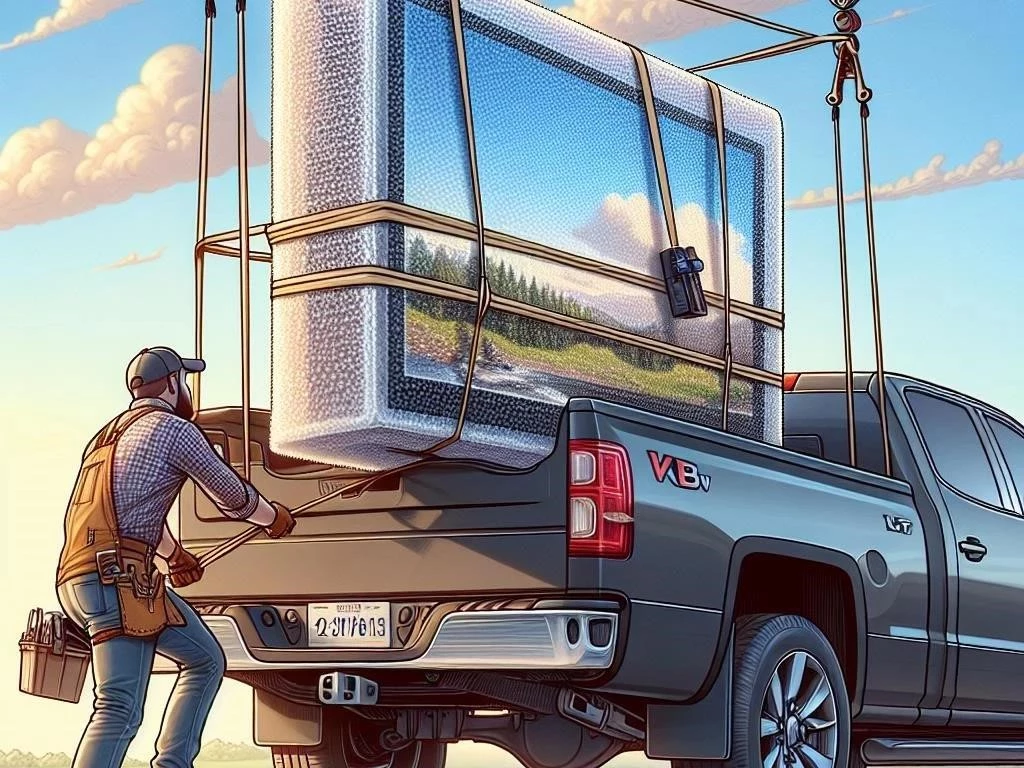
3.2. Choosing Protective Materials
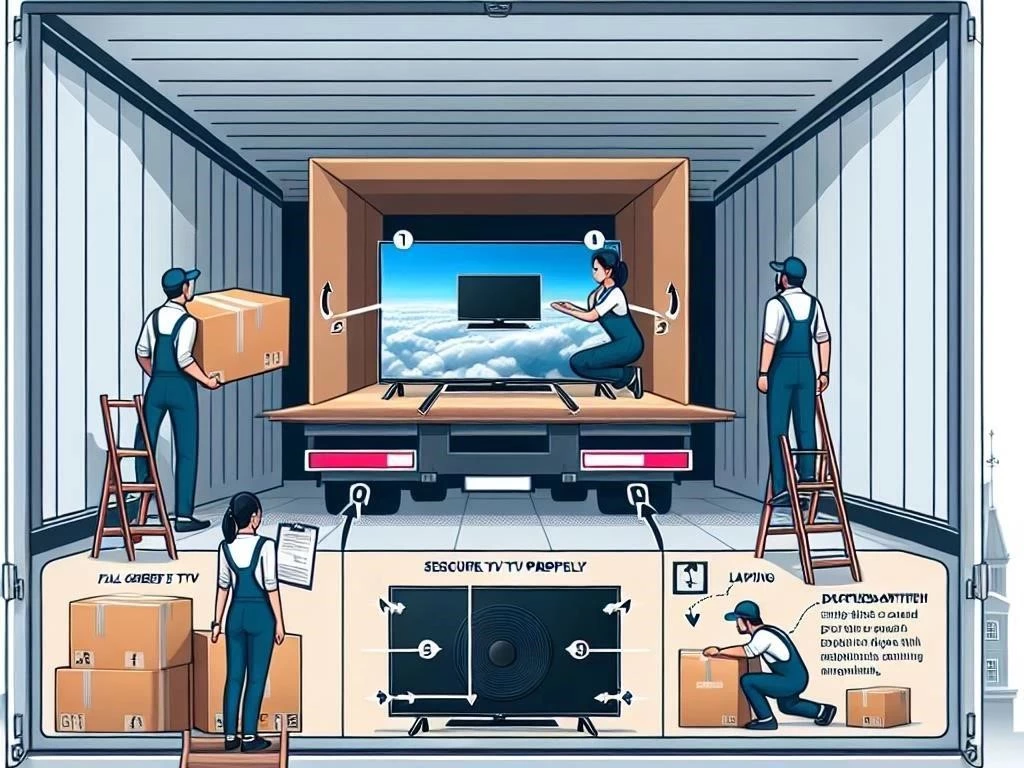
Choosing the right protective materials is essential for safeguarding your flat screen TV during transportation. Start with high-quality bubble wrap, which provides excellent cushioning against shocks and impacts. Foam sheets are also great for wrapping around the screen, offering an additional layer of protection. Moving blankets can be used to cover the entire TV, reducing the risk of scratches and dings. Straps are helpful for securing the TV within the transport vehicle, preventing movement during transit. Additionally, consider using corner protectors to shield vulnerable edges. Selecting the appropriate materials ensures your electronics remain safe and intact throughout the moving process.
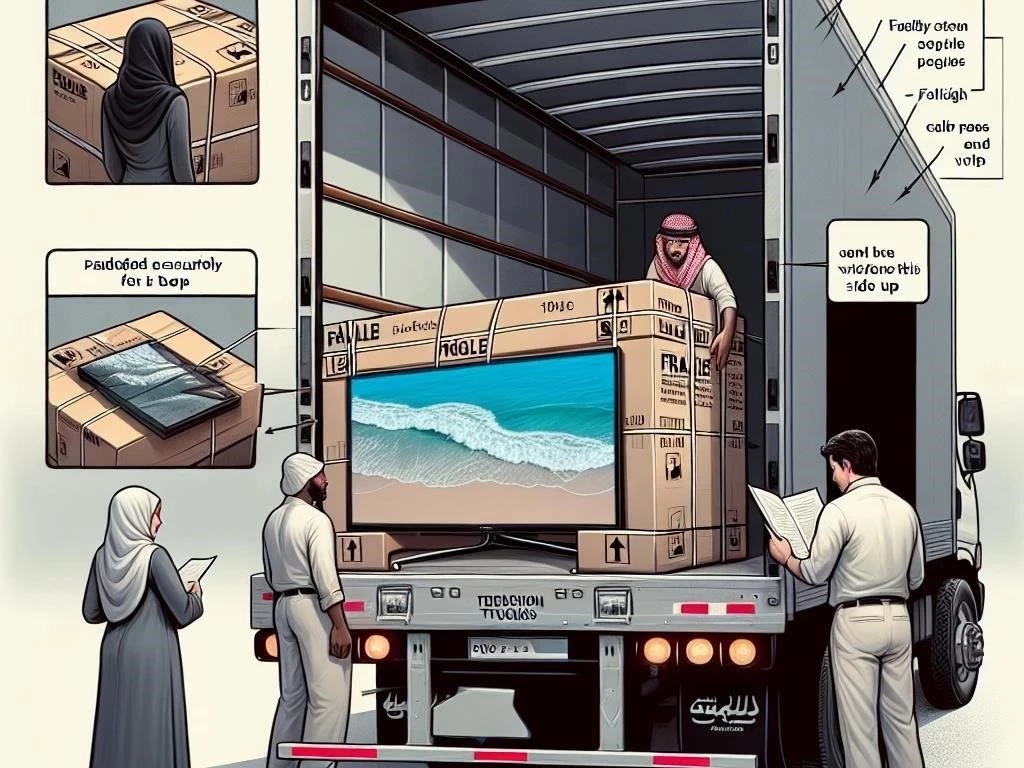
3.3. Using Protective Covers
Using protective covers is a critical step in ensuring the safety of your flat screen TV during transport. These covers act as a first line of defense against potential scratches, dust, and impacts. Opt for specially designed TV covers that are padded and fit securely around the screen. If a specific cover isn’t available, consider using thick moving blankets to wrap the TV. Secure the cover with straps or tape to prevent it from slipping off during transit. Remember to avoid placing heavy items on top of the covered TV, as this may cause damage. Properly utilizing protective covers enhances overall protection during transportation.
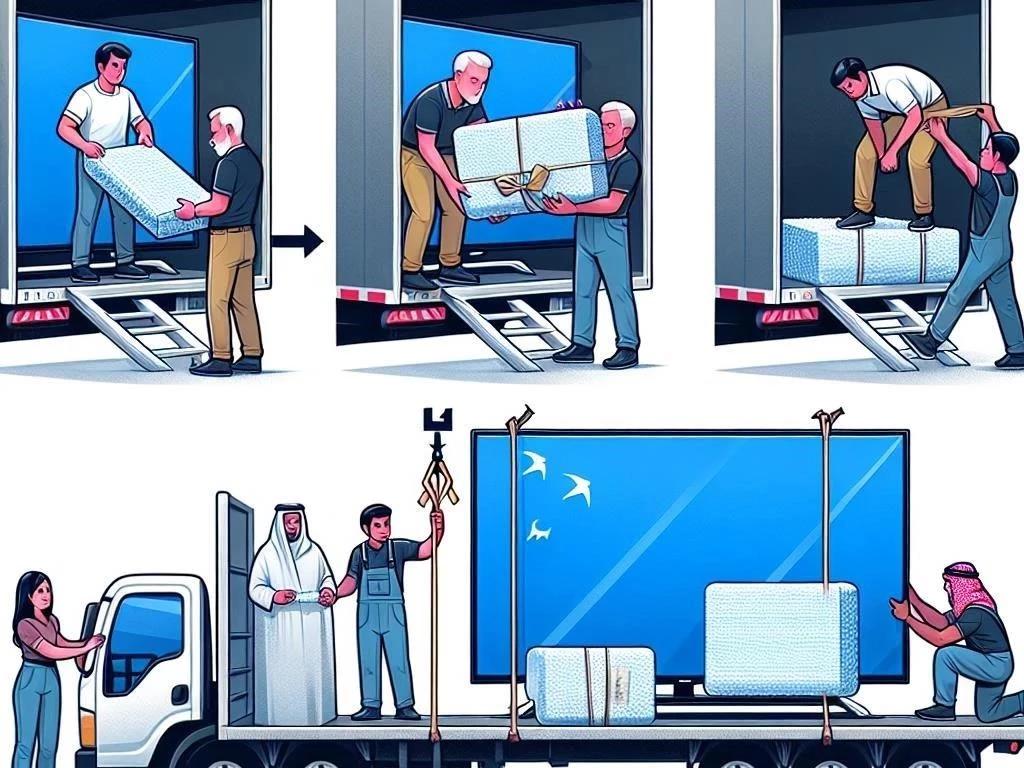
Moving Tips for Flat Screen TVs
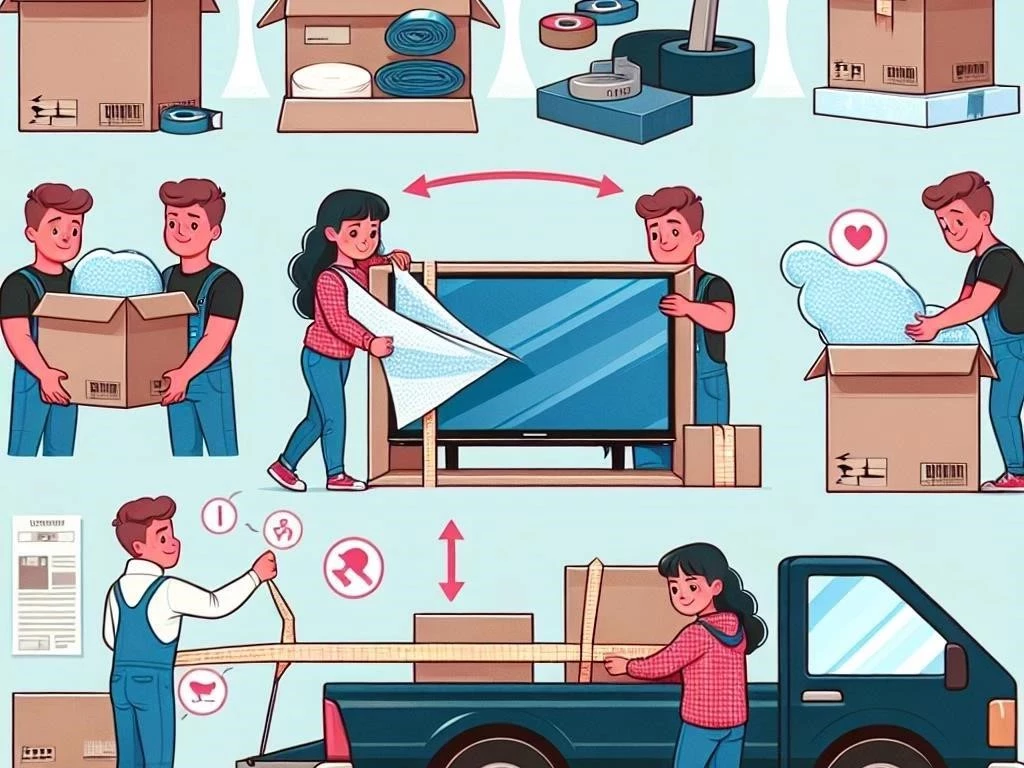
When transporting a flat screen TV, several moving tips can enhance safety and efficiency. First, always have at least one additional person to assist in lifting and carrying, as TVs can be cumbersome. Use proper handling techniques by lifting with your legs and keeping the TV upright to prevent stress on the screen. Avoid placing the TV face down, as this can damage the display. When loading into the truck, secure the TV against a wall, using straps for added stability. During transit, drive carefully to minimize sudden stops or sharp turns. Following these tips will help ensure a successful move.
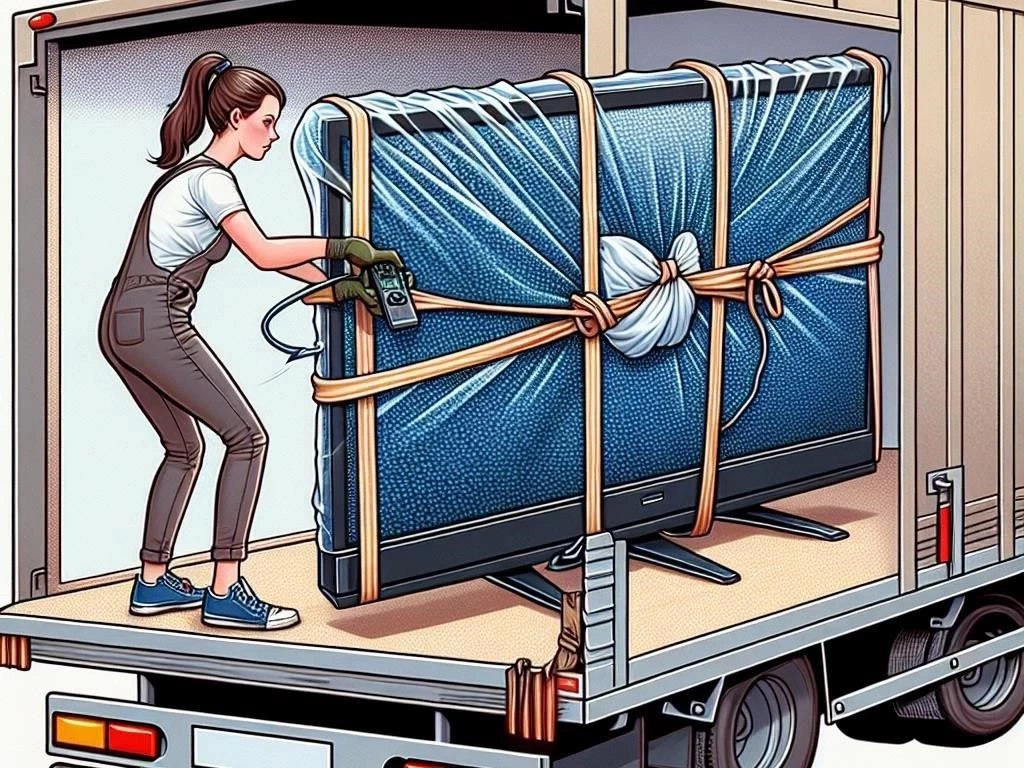
4.1. Handling Techniques
Proper handling techniques are essential when transporting a flat screen TV to prevent damage. Always make sure to lift the TV with both hands, gripping it securely from the sides, avoiding any contact with the screen itself. Keep the TV upright at all times; laying it flat can put undue pressure on the display. When transitioning through doorways or tight spaces, move slowly and carefully to avoid bumps. If possible, enlist a helper to assist with lifting and maneuvering, ensuring balanced support. Additionally, avoid sudden movements and jerks during transport, as these can result in internal damage, compromising the TV’s performance.
4.2. Carrying Methods
When transporting a flat screen TV, employing the correct carrying methods is essential for safety and security. Start by ensuring the TV is properly wrapped in protective materials to prevent scratches and damage. Use two people for lifting, with one person on each side of the TV. Hold the TV from the edges, keeping it vertical. If the TV must be tilted, maintain a gentle angle to avoid stress on the screen. While moving, communicate clearly with your partner to coordinate actions, especially when navigating tight spaces. Always prioritize stability and control to ensure a smooth transport experience for your delicate electronics.
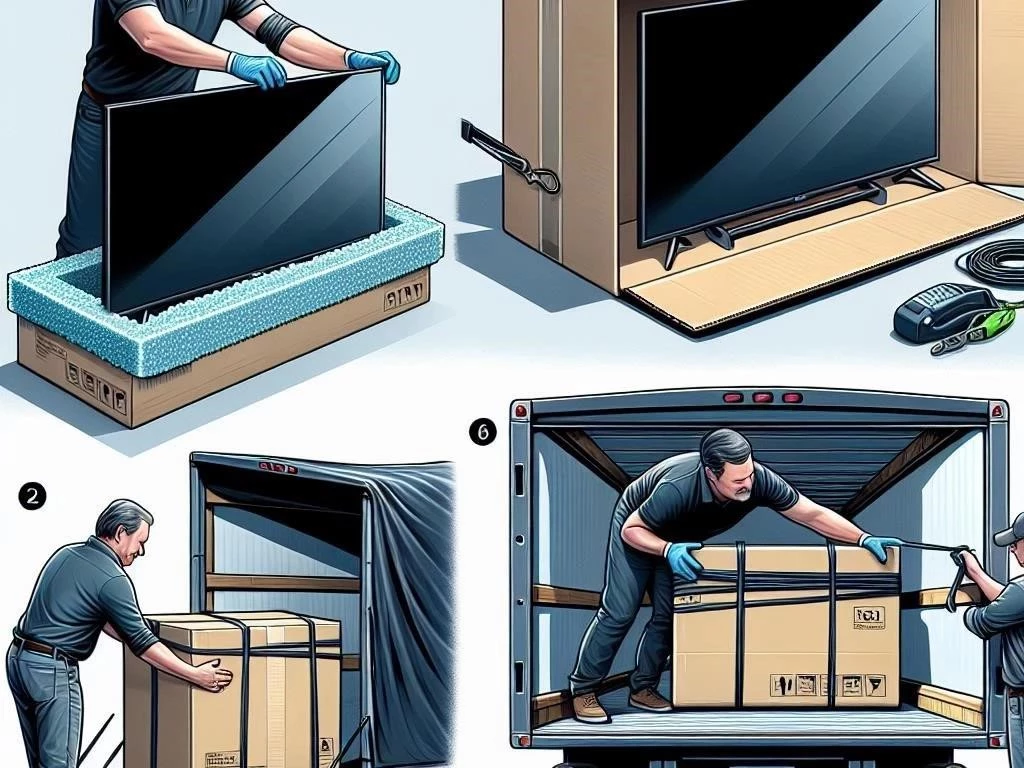
Vehicle Preparation
Preparing your vehicle is a crucial step when transporting a flat screen TV to ensure a secure and safe journey. Start by cleaning the truck bed or storage area, removing any debris or sharp objects that could cause damage. If possible, use a vehicle with a flat surface and ample space to accommodate the TV without bending or tilting. Consider using moving blankets to line the area, providing additional cushioning. It’s important to check that the vehicle is well-balanced, distributing weight evenly to prevent tipping. Finally, ensure the TV is positioned securely and won’t shift during transit, enhancing overall safety and protection.
5.1. Choosing the Right Truck
Selecting the right truck is vital for safely transporting a flat screen TV. Consider the size of your TV when choosing a vehicle; a truck with a spacious cargo area is ideal, allowing for proper positioning without tilting. A pickup truck with a covered bed or a cargo van can provide excellent protection from elements. Ensure the truck has a flat surface to minimize movement during transit. Additionally, assess weight capacity; the truck must handle your TV’s weight along with any protective materials. By picking the appropriate vehicle, you enhance the likelihood of secure transportation, safeguarding your valuable electronics.
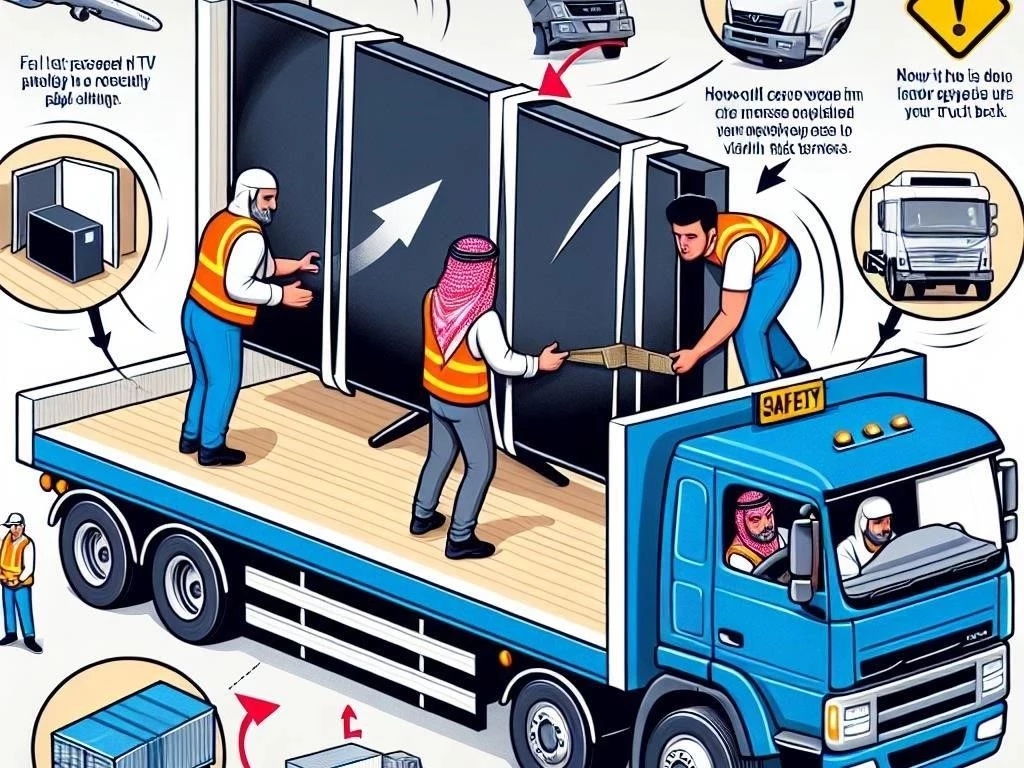
5.2. Weight Distribution Considerations
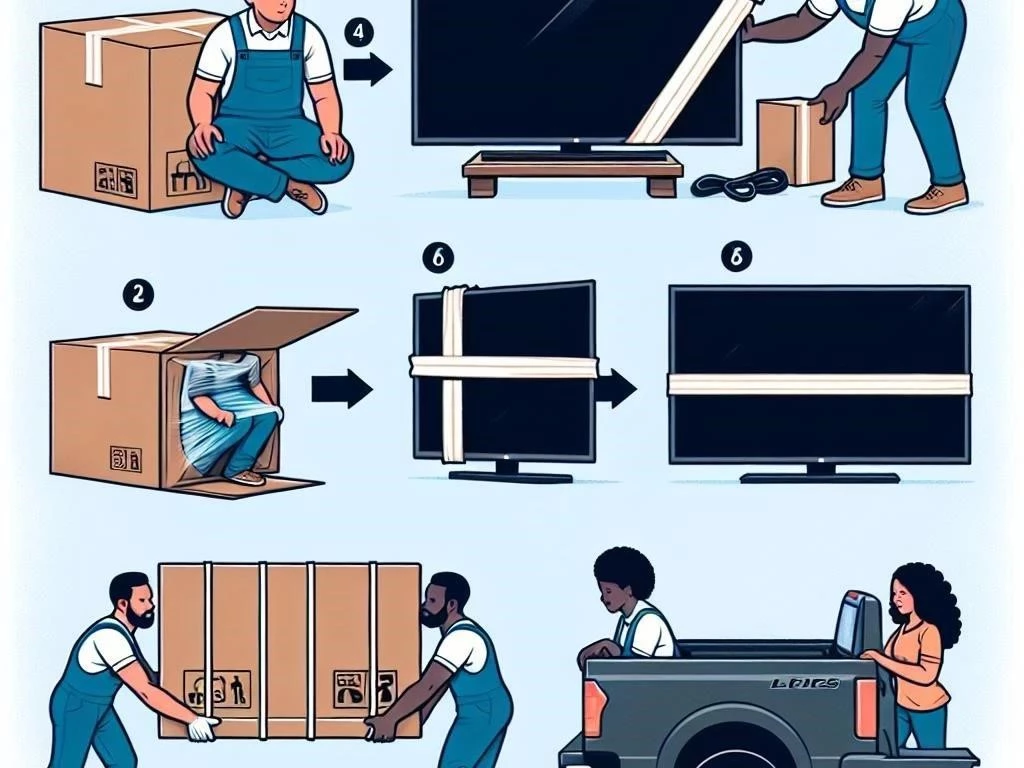
Weight distribution is a critical factor when transporting a flat screen TV in a truck. Properly distributing weight helps maintain vehicle stability, reducing the risk of tipping or swaying during transit. Place the TV against the truck’s wall, ensuring it stands upright and is supported by other items if necessary. Avoid stacking heavy objects on or around the TV, as this can cause damage or shift its position. Use straps to secure the TV and prevent movement. Regularly check that the weight is evenly distributed throughout the truck to enhance safety and ensure a smooth, damage-free journey for your electronics.
Loading Techniques for Secure Transportation
Employing proper loading techniques is essential for the secure transportation of a flat screen TV. Begin by ensuring the area is clear and free from obstacles, allowing for safe movement. Use a dolly or hand truck to transport the TV to the vehicle, minimizing strain and potential accidents. When loading, lift the TV carefully, keeping it upright and supported. Position the TV against a padded surface in the truck, ensuring it is stable and won’t shift during transit. Utilize straps or bungee cords to secure the TV in place, preventing movement. These techniques enhance protection and ensure a successful transportation experience.
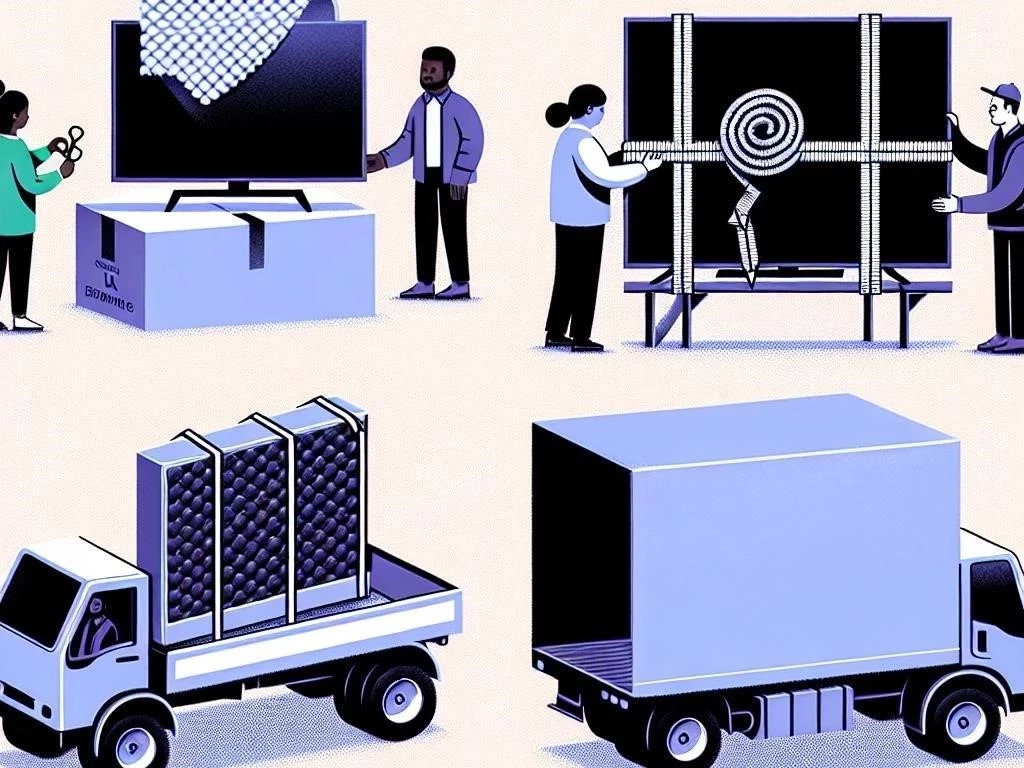
6.1. Cushioning and Protection
Cushioning and protection are vital components when transporting a flat screen TV to prevent damage during the journey. Begin by wrapping the TV in bubble wrap or foam sheets, focusing on the screen to absorb shocks. Use moving blankets as an additional layer, ensuring all corners and edges are well-protected. Place the cushioned TV upright in the truck, avoiding any pressure on the display. For added security, consider using inflatable packing pillows around the TV to fill any gaps and prevent movement. Proper cushioning not only safeguards your electronics but also reduces the risk of costly repairs or replacements after transport.
6.2. Using Straps and Moving Blankets
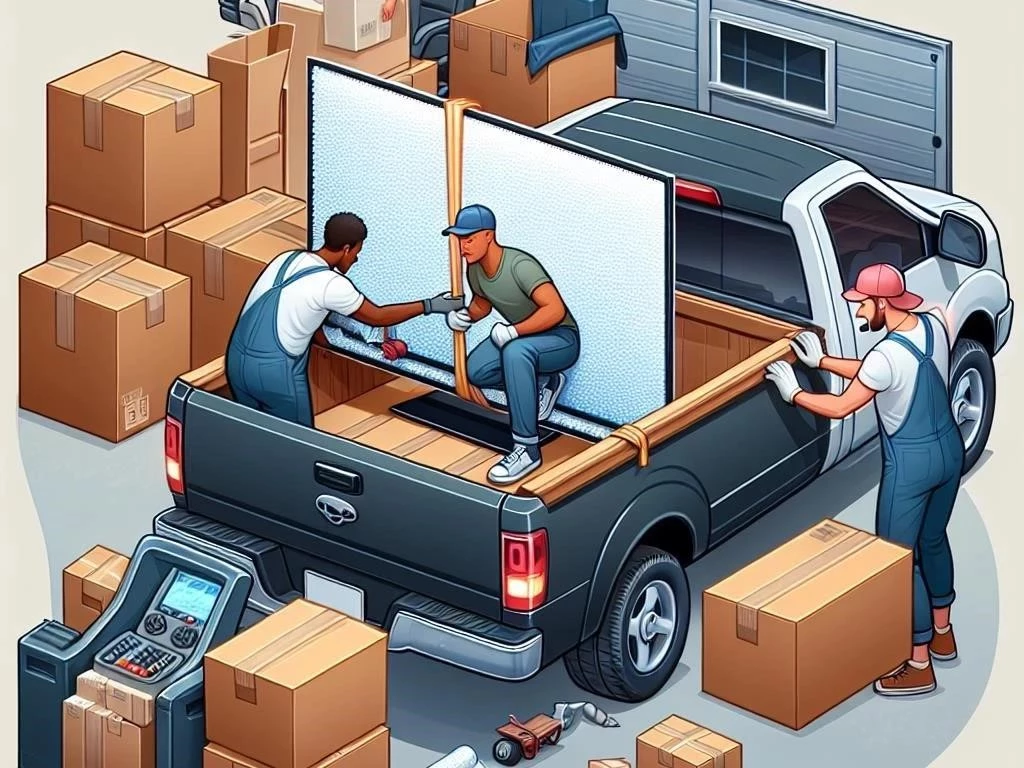
Using straps and moving blankets is essential for securing a flat screen TV during transport, ensuring it remains stable and protected. Start by wrapping the TV in moving blankets to provide an extra layer of cushioning against potential impacts. Once wrapped, carefully place the TV in the truck, positioning it against a secure surface. Use heavy-duty straps to anchor the TV, attaching them to the truck’s anchor points. Tighten the straps until the TV is snug, but avoid excessive force that could cause damage. This combination of moving blankets and straps significantly mitigates the risk of shifting or jostling during transit, enhancing safety.
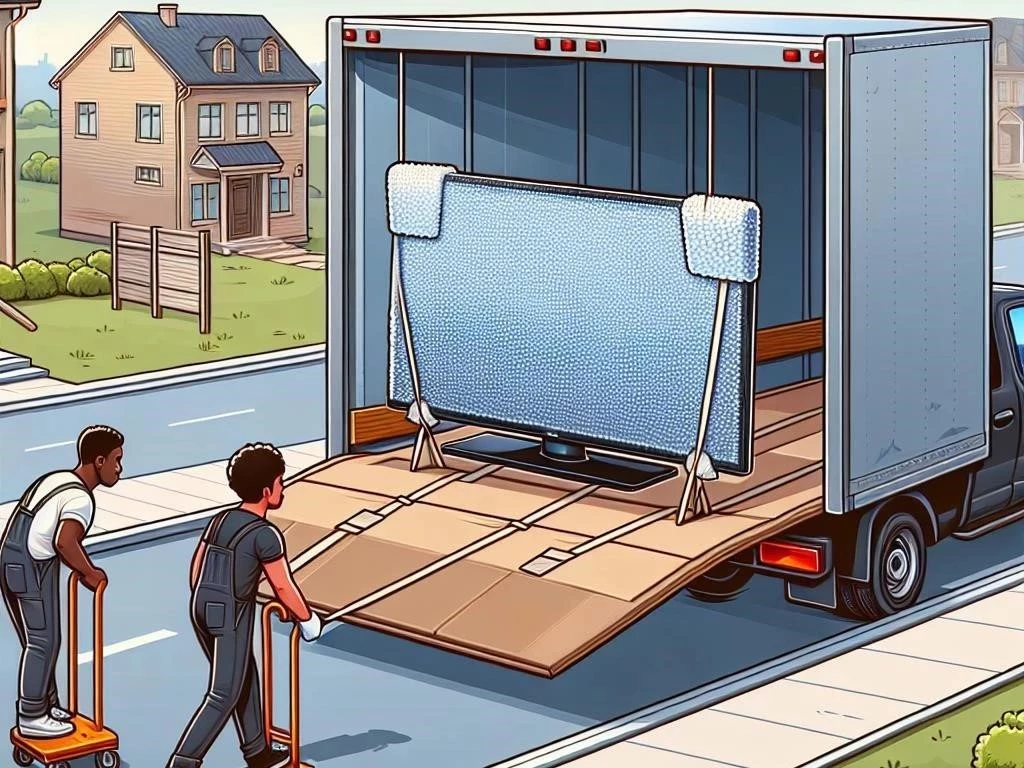
6.3. Cardboard Box Usage
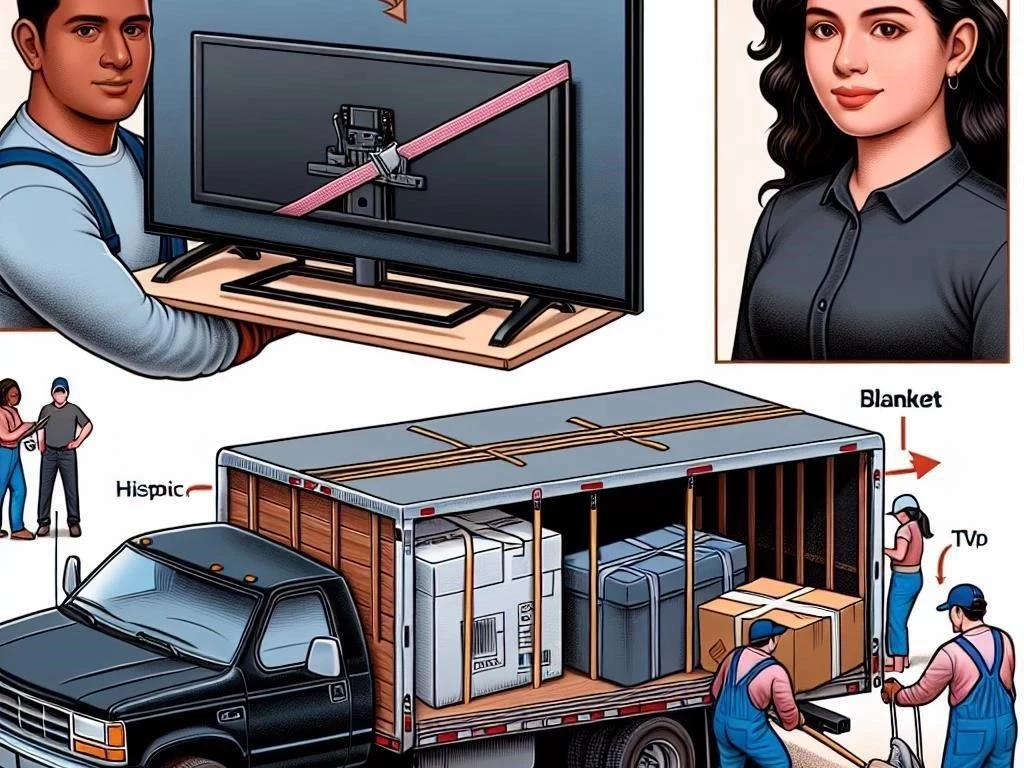
Using a cardboard box for transporting a flat screen TV is an effective way to ensure protection during transit. First, select a sturdy box that fits the TV snugly, preferably the original packaging designed for it. Line the inside with protective materials, such as foam or bubble wrap, to absorb shocks. Carefully place the wrapped TV inside the box, ensuring it is upright and well-supported. Seal the box securely with strong packing tape to prevent any openings during transport. Mark the box as “Fragile” to alert anyone handling it. Proper cardboard box usage significantly enhances safety and minimizes the risk of damage to your electronics.
The Unloading Process
The unloading process is crucial for ensuring your flat screen TV arrives safely at its destination. Start by preparing the unloading area, ensuring it is clear of obstacles and hazards. Communicate with your partner about the plan for unloading the TV, maintaining clear coordination. Use a dolly or hand truck to assist in moving the TV out of the truck, minimizing the strain on your back. Carefully lift the TV, ensuring it remains upright and well-supported during the transition. Once on the ground, gently place it on a soft surface. Avoid rushing; take your time to prevent accidents or damage during this critical phase.
7.1. Safe Handling During Unloading
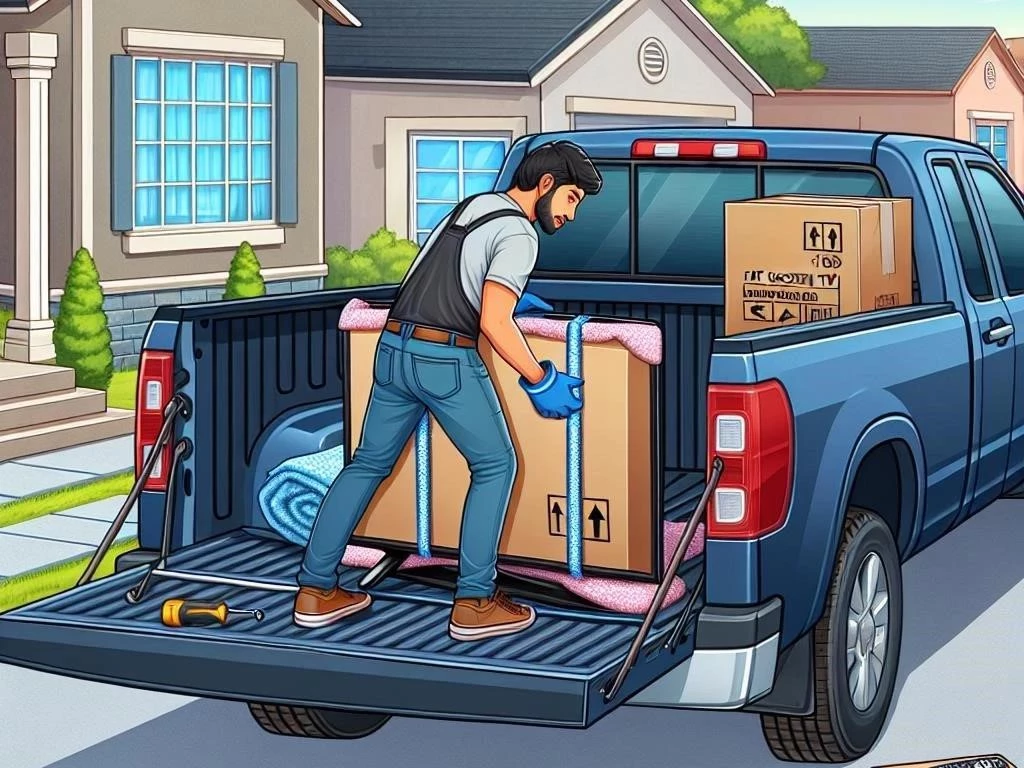
Safe handling during unloading is critical to prevent damage to your flat screen TV. Begin by ensuring you have a clear path from the truck to the designated area. Communicate with your partner and plan the unloading process step by step. Use proper lifting techniques by bending your knees and keeping your back straight while lifting from the sides of the TV. Avoid twisting your body while carrying; instead, pivot with your feet. When lowering the TV, do so gently, keeping it upright at all times. Always take your time to minimize risks, ensuring the TV arrives at its new location intact and undamaged.
7.2. Placement on a TV Stand
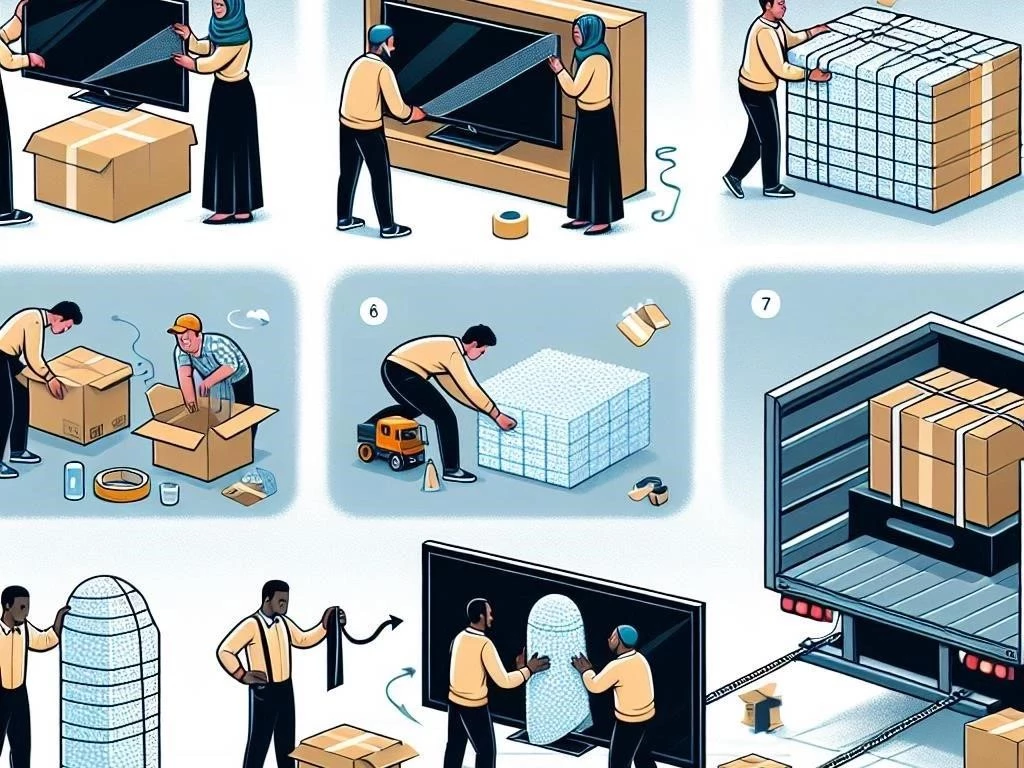
Placement of your flat screen TV on a stand is a significant step following transport. Begin by ensuring the TV stand is stable and level, capable of supporting the TV’s weight. Before placing the TV, clear the stand of any items to prevent accidents. With assistance, carefully lift the TV and position it upright on the stand, ensuring the screen faces forward. Make sure to center the TV on the stand for optimal weight distribution and balance. Once in place, secure any necessary cables to avoid tripping hazards. Finally, double-check that the TV is stable and adjust as needed for a perfect viewing experience.
Installation and Electronics Safety
Installation and electronics safety are paramount after transporting a flat screen TV. Begin by carefully removing the TV from its packaging and inspecting it for any visible damage. Make sure to follow the manufacturer’s guidelines when setting up the TV, ensuring proper ventilation and avoiding overheating. Use a surge protector to safeguard against electrical surges that could damage the TV. When connecting cables, ensure they are securely attached and not pinched or twisted, which can lead to wear. Finally, periodically check connections and the physical condition of the TV, maintaining its longevity and performance. Prioritize safety at all stages of installation.
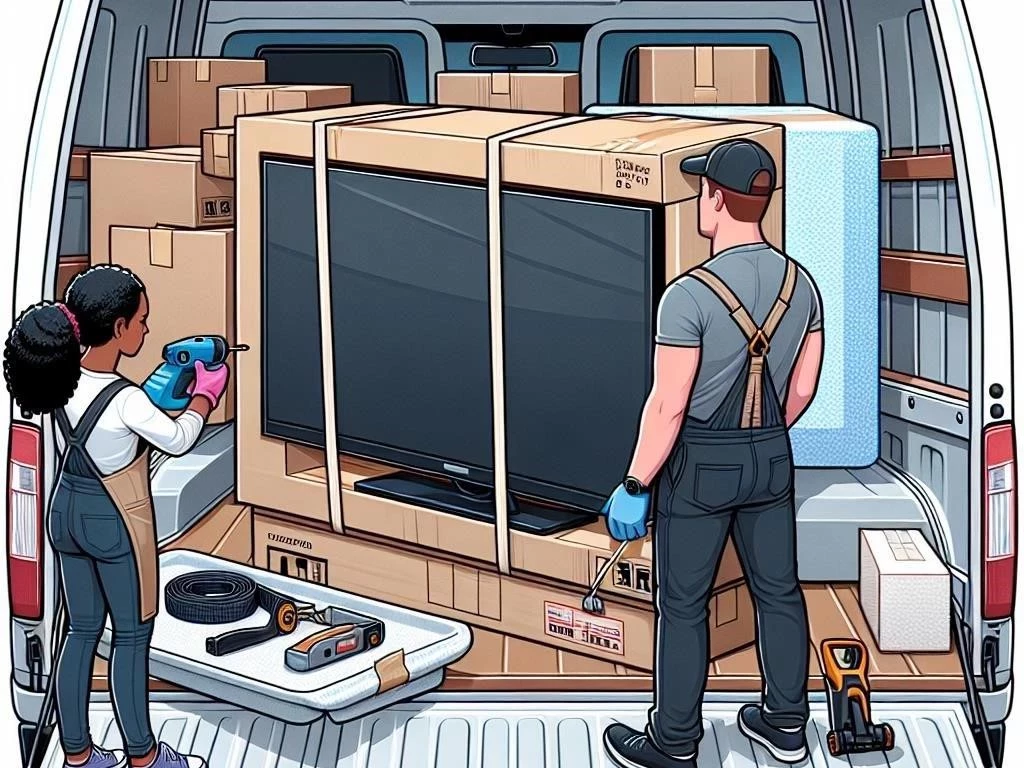
Travel Precautions for Flat Screen TVs
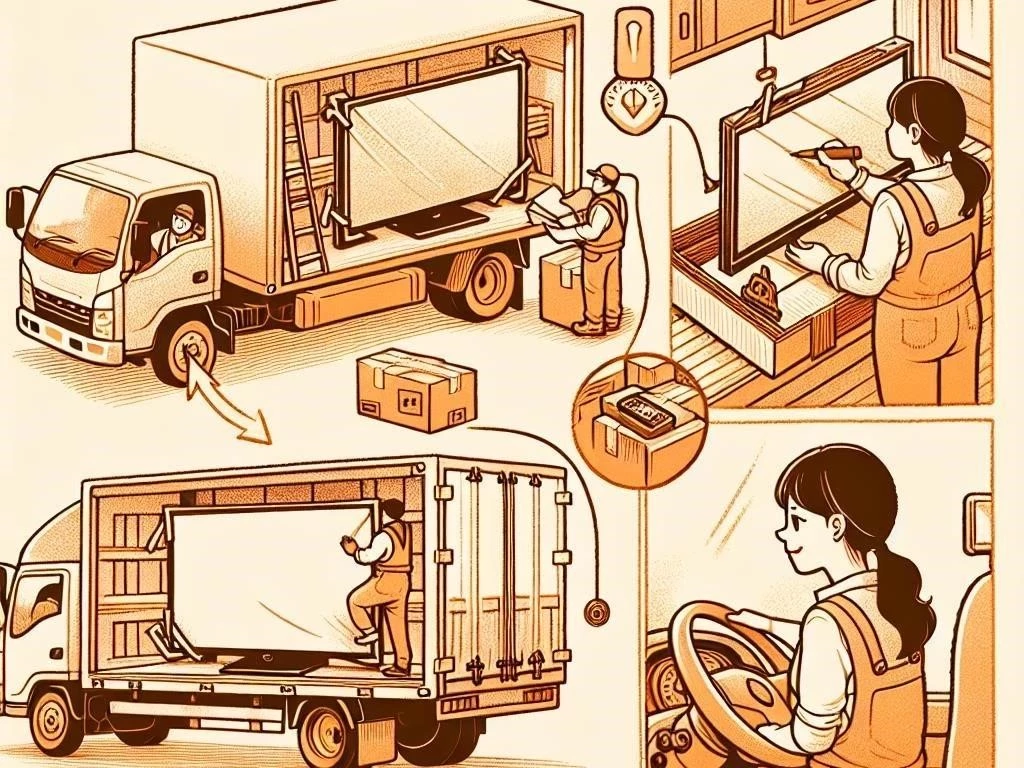
Taking travel precautions for flat screen TVs is essential to ensure they remain undamaged during transport. Before starting your journey, double-check that the TV is securely packed with protective materials and that it is properly secured in the vehicle. Avoid placing the TV in areas where it can shift or fall during transit. Drive carefully, avoiding sudden stops or sharp turns that could jostle the TV. If possible, take cushioned routes to minimize vibrations. Additionally, keep the TV covered to protect it from dust and debris. Implementing these precautions will help maintain the integrity and functionality of your electronics throughout the journey.
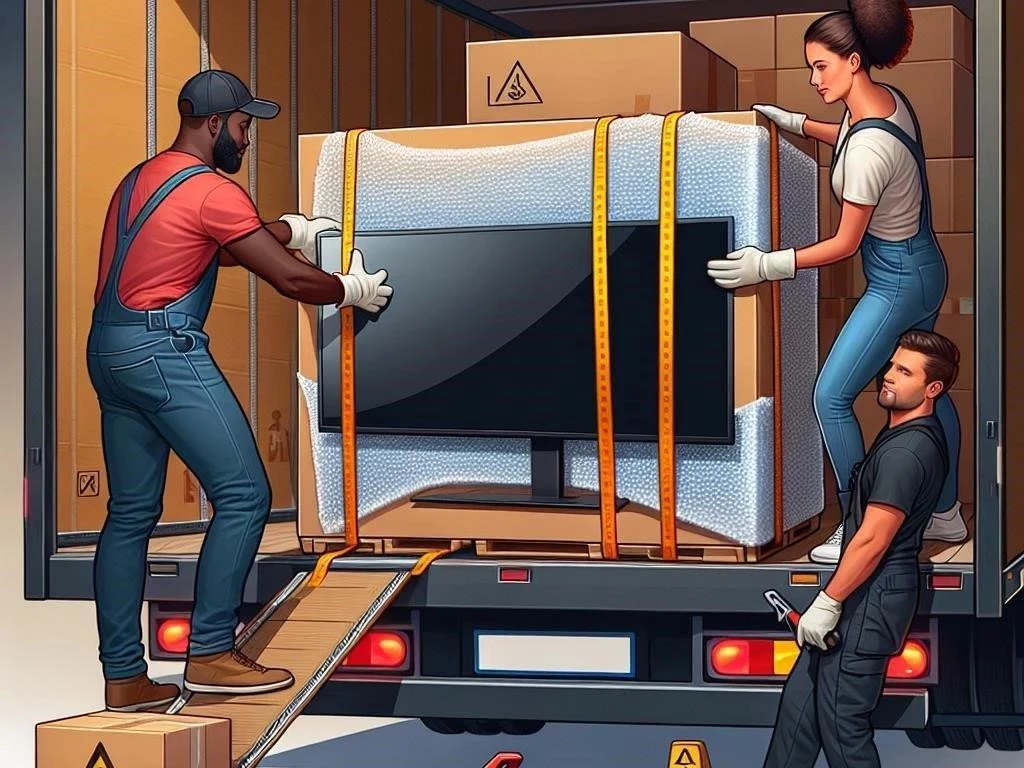
Damage Prevention Strategies
Implementing effective damage prevention strategies is crucial when transporting a flat screen TV. Begin by using high-quality protective materials, such as bubble wrap and moving blankets, to cushion the TV during transport. Ensure the TV is securely placed in the truck, using straps to prevent movement. Avoid stacking heavy items on or around the TV, as this can lead to potential damage. Additionally, maintain a steady driving speed, avoiding sudden stops or sharp turns to minimize vibrations. Regularly check the cargo area during breaks to ensure the TV remains secure. Following these strategies significantly reduces the risk of damage during transport.
The Importance of Transport Insurance
Transport insurance is a vital consideration when moving a flat screen TV, providing peace of mind against potential damage or loss. Investing in insurance ensures that you are financially protected in case of mishaps during transit, such as accidents or theft. Many insurance policies cover repairs or replacements for damaged electronics, making it a wise choice for valuable items. Before transporting your TV, check your existing insurance coverage or consider purchasing additional transport insurance tailored for electronics. This precaution offers security, allowing you to focus on the logistics of your move, knowing you are safeguarded against unexpected events that could jeopardize your investment.
Hiring Professional Movers
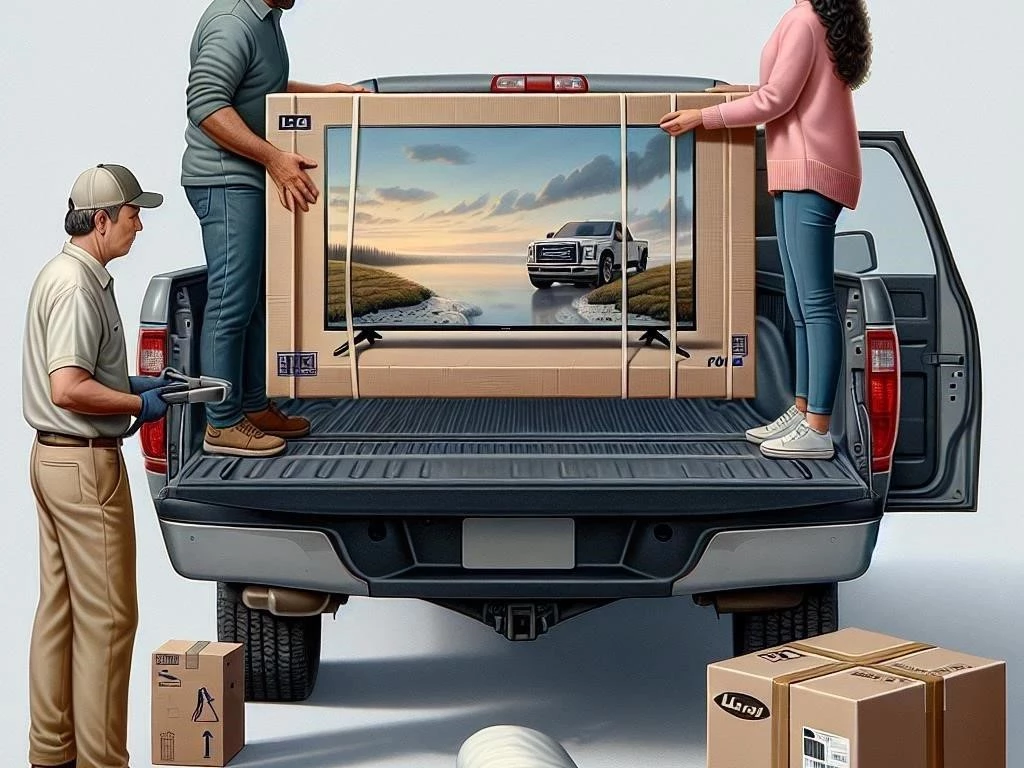
Hiring professional movers can significantly simplify the process of transporting a flat screen TV, ensuring it arrives safely at its destination. Experienced movers possess the necessary skills and equipment to handle delicate electronics, minimizing the risk of damage. They are familiar with proper packing techniques, using high-quality materials to protect your TV during transit. Additionally, professional movers can navigate any challenges that arise during the loading and unloading processes, ensuring a smooth experience. When selecting a moving company, verify their reputation and insurance coverage to ensure your valuable electronics are in safe hands. This investment can save you time, stress, and potential repair costs.
Transporting a flat screen TV in a truck requires careful planning, proper techniques, and protective measures to ensure safe delivery. From selecting the right vehicle to using appropriate cushioning materials, every step plays a critical role in preventing damage. Employing safe handling practices during loading and unloading further enhances the safety of your electronics. Additionally, considering transport insurance and the option of hiring professional movers can provide extra peace of mind. By following these guidelines and prioritizing care at each stage of the process, you can successfully transport your TV, ensuring it remains in excellent condition for your viewing enjoyment.